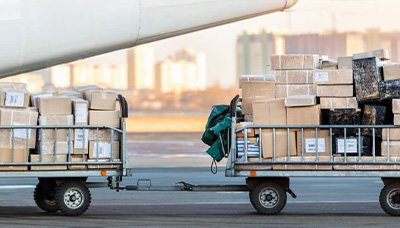
Child Labor Prevention Training
All-Inclusive – Inspection Service All Over China
How come training is necessary?
Due to the ongoing global pandemic, which is causing more children to drop out of school and families to become more impoverished, child labor is a persistent problem that is likely to get worse as families become even more poor. This increases the risks of child labor in manufacture settings.
The specific target of the audience
In global supply chains, the training is strict for both buyers and suppliers. We offer specialized training for CEOs and brand representatives, sourcing personnel, managers of factories and production sites, HR personnel, auditors, production floor managers, community leaders, and lower-level actors. Our training ranges from 2-hour awareness sessions to a full day of training.
Objectives for training
- to fully be aware the root causes of child labor and its harmful effects on industry and society
- to improve understanding of ethical hiring, local and international standards, legal requirements, and brand standards
- to gain knowledge of the most effective methods for avoiding child labor during the hiring and how to make your business partners follow these process (service providers, agents, sub-contractors, sub-suppliers)
- to have the knowledge necessary to start up powerful preventative measures against child labor (e.g. programs such as child care and after-school centers that can directly prevent children from dropping out of school)
- to be able to implement remediation plans that are helpful and sustainable
- To improve the oversight, management, and training of subcontractors and sub suppliers
Procedure
The training’s context and target audience have been taken into account when forming the curriculum. It uses a participatory learning gateway, with the trainer using company policies and topical regulation as the training’s backdrop. Real-world examples and case studies are used to illustrate a variety of situations and how to handle them. All participants are expected to actively participate in the interactive, energizing training.
Training content
Although the trainings are tailored to each client’s unique situation and needs, the following content offers a general overview of the fundamental subjects covered:
What exactly is child labor?
International standards and definitions
- Child labor policies, including a remediation policy, and the company/buyer code of conduct What are cultural practices that are accepted but not legal?
- International and local labor laws, including rules for minors, students, and young people working

b) Ensuring ethical hiring practices and avoiding child labor
How to establish a reliable system for preventing child labor
- Review the supplier’s current hiring procedures and identify the main areas that require improvement.
- Putting in place responsible and well planned recruitment procedures for all employees, including those who are dispatched, contracted, or students or young people, and conducting age checks
- Selecting and managing labor agents practically while taking into account natural risks
- Putting together a responsible and effective HR system with documentation, contracts, etc.
c) Remediation of Child Labor
Child labor remediation policy and procedure for the business/buyer
Best practices for resolving child labor issues include the Primary response, various scenarios, and correct actions, such as handling a case of child labor in a subcontractor factory.
d) Action Preparation (where applicable)
Participants create action plans with deadlines to pinpoint gaps in HR procedures and create flowcharts and processes for remediating child labor that clearly define roles and allocate resources.
Benefits
A thorough and practical training session will be given to the participants, benefiting them in their daily work. The comments below speak to the prevention and correction of child labor training for factory managers and HR teams.








